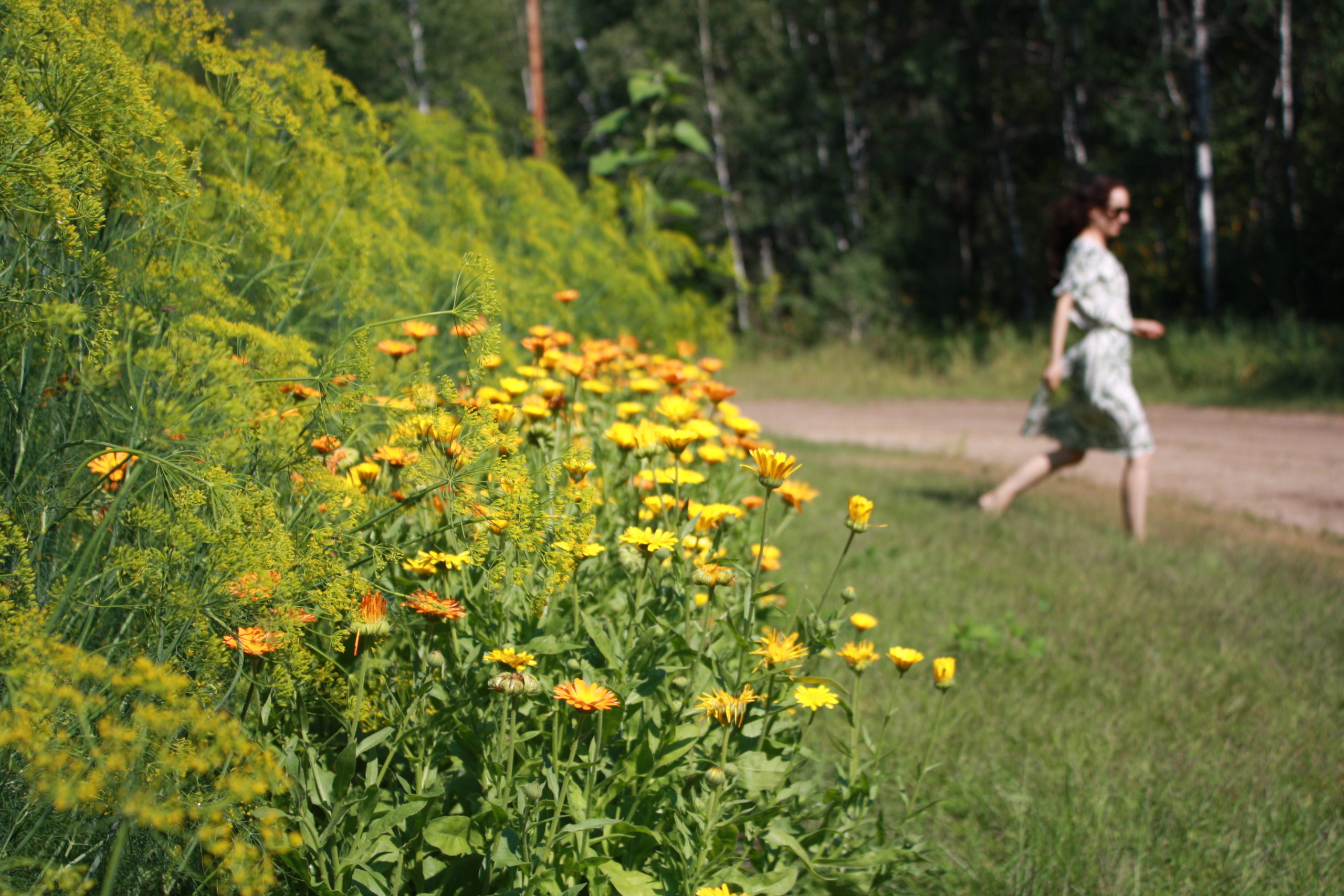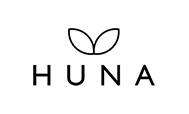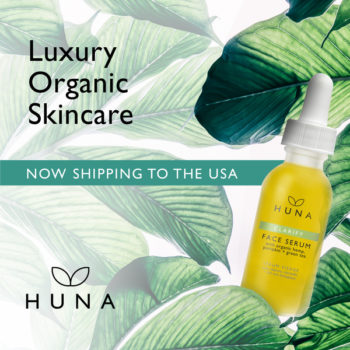Your cart is currently empty!
Grow Your Own Medicinal Herb Garden

It’s incredibly satisfying to plant a seed in soil and a few days or weeks later, green leaves emerge.
If you haven’t Gardened before, it can be a little overwhelming as to where or how to start, and what to grow. While planting beautiful plants is always lovely, we’d like you to consider growing plants that contribute to your own health. Consider starting your own Medicinal Herb Garden this year.
Why?
For starters, growing your own Medicinal Herb Garden empowers you to grow a plant and then harvest it for your own health needs. For example: Calendula is an incredible edible skin heal-all and makes a wonderful anti-inflammatory, Plantain makes an instant effective remedy to ease itch or pain from insect bites & stings, Yarrow makes an excellent and uber-effective cold & flu remedy, Dandelion delivers tasty salad greens and the root makes a yummy caffeine-free coffee-like beverage that is a tonic and detoxifier for the liver.
Historically, people have grown their own herbal medicines as a way to reclaim their health and wellbeing. Doctors and Pharmacies have a solid purpose and place in health emergencies and urgencies, however mild health concerns can be treated effectively and safely from the Garden.
Imagine having your own plant-based apothecary in your own home, stocked full of remedies that truly work and are available to you year-round. Cure your family of headaches, insomnia, anxiety, nausea, stomach & digestive issues, and more. Feel the empowerment that comes with knowing you can heal and resolve your own minor health concerns, without a prescription or any of the risks associated with drugs and their side effects.
Aside from being good for your & your family’s health, growing your own Medicinal Herb Garden is good for the ecosystem. Growing your own Medicinal Garden provides lasting and impactful benefits for bees and other pollinators. If you plant Borage, an herb known for being nature’s richest source of GLA- Gamma Linolenic Acid (ideal for dry, sensitive or compromised skin health), bees in your community will absolutely celebrate and spend loads of time roaming and foraging the Borage blossoms.

How to get started?
There are a few factors to take into consideration before diving in to creating your own Medicinal Herb Garden. Think about and plan for the following before you get started-
Space: If you live in an apartment, you may have to grow your plants indoors near a window, under a grow light, or in pots on your patio or balcony (if you have one). If you have a yard or community garden, you have more options such as planting directly in the earth or container gardening.
Zone: Not all plants grow well in all parts of the world. If you are growing outdoors, it is helpful to learn what your garden zone is and which plants will survive in that region. For example, here in southern Manitoba, we are in Zone 3 which means we have long, cold winters and a short growing period in the summer.
Seeds or plants: Some people prefer to go to their local nursery and get seedlings to plant. Others are more confident or experimental and willing to try growing from seed. If growing from seeds, some plants will require getting them started indoors, in order to have a full cycle to harvest. In either case, it’s best to use seeds or plants that are organic, spray-free, and free of chemicals such as neonicotinoids which are harmful to bees. Some great places to source plants and seeds that are organic and spray-free include:
- Sage Garden in Winnipeg, MB
- Urban Harvest in Toronto, ONT
- Brother Nature in Victoria, BC
- Mountain Rose Herbs in Oregon, USA
Growing in earth or containers: Both options have their pros and cons.
Planting directly into the earth means the root systems can take up the space they need, and they generally need less frequent watering. However, you must contend with the natural elements, weeds and pests.
Planting in containers makes weeding virtually unnecessary and you can easily change up the layout of your container garden. Plus, you may be able to bring your herbs indoors for the winter if they’re in containers. However, harvest may be smaller as container plants may not reach their full growth potential, and more frequent watering is generally required.
One factor to consider in choosing between planting in the earth versus containers, is your lifestyle and schedule. If you do not have much time (or patience) to clear out weeds regularly, or you don’t like to spend time outdoors in the dirt, then containers could be the better choice.
If you do decide to plant in the earth, you don’t necessarily have to waste your time and energy by tilling up garden space. There are many YouTube videos highlighting how to get a garden started without tilling (no till method). The harvest after can often more abundant, too! Choose a section that you would like to plant in and lay out layers of cardboard or newspaper or heavy fabric. You may want to do this in fall and then plant in the spring. Once you’re ready to plant, cover a heavy layer of soil and compost on top and get to planting. If you used a tarp or fabric, remove that first and then place soil and compost overtop, on the now grass-free space.
To further reduce the number of weeds which may creep up, it’s best to lay a layer of mulch around your plants. Mulch can be straw, wood chips, fallen leaves, or paper. Adding mulch to your garden also holds in more moisture which means you don’t have to worry about watering your plants between rainfalls. Mulch also provides safe hibernation shelter for bees and ladybugs during the winter months.
Herbs to grow
Now here comes the fun part- there are so many great options to choose from! Choosing which plants you’d like to grow in your Medicinal Herb Garden is the empowering part. Here’s where you get to own your own health. Do some research and choose plants which have healing properties for your common or chronic health concerns. You may want to decide if you would like to grow annuals or perennials. Here’s our list of suggestions together with why you may want to grow them.
Calendula

The Skin Plant, excellent anti-inflammatory and skin healing properties. Promotes healthy skin and rapid cell regeneration to heal wounds and skin irritations quickly.
Chamomile

Best known as a calming and soothing nervine tea. Chamomile soothes the stomach and digestive system while calming and soothing the nervous system.
Lavender

Smells amazing and bees love it. Instantly soothes and relaxes the body and mind upon inhalation. Lavender has been used medicinally for centuries as a remedy for digestive issues, headache, and stress relief.
Broadleaf Plantain

When applied topically, plantain will soothe and relieve pain or itch from insect bites, stings, while also preventing infections and accelerate healing. Plantain has potent antimicrobial, anti-inflammatory, and analgesic (pain relieving) properties. An active biochemical called “aucubin” is mainly responsible for the antimicrobial action of broadleaf plantain. Another substance called “allantoin” is found in the plant which helps with skin tissue regeneration. The best part is that broadleaf plantain is extremely widespread – it is probably growing in your own backyard and you don’t even know it!
Lemon Balm

This plant is known as a nervine which explains why it soothes nerves and calms the body when ingested as a tea. According to Mountain Rose Herbs website, lemon balm has been “used since ancient times to calm the heart and the body…with its delicate lemony flavor uplifts the spirit and any culinary dish it is added to.” (source- https://www.mountainroseherbs.com/products/lemon-balm/profile) It is also used for upset stomachs, colic, and menstrual cramps. (https://www.webmd.com/vitamins/ai/ingredientmono-437/lemon-balm)
Yarrow

Called a diaphoretic in herbal medicine, this plant grows wild across Canada and the US. Yarrow is an incredible remedy for cold, flu, and fever. Diaphoretics promote sweating by the body, which raises the body’s temperature to kill cold and flu viruses, then the body freely sweats the toxins from the virus out. Known to reduce cold and flu symptoms from 5-7 days down to just 2-3 days.
Peppermint

Mint is very easy to grow and will happily take up space in the garden if given the chance. Used as a tea or simply eating the leaves, peppermint can help with colds (especially when combined with Elderflower), and soothes digestive issues. (https://www.webmd.com/vitamins/ai/ingredientmono-705/peppermint) Adding mint leaves to cold water on a hot summer day is so refreshing!
California Poppy

Bright, beautiful delicate orange flowers that grow and establish easily. This plant is dried and used to treat insomnia and ease anxiety in herbal medicine with excellent results and absolutely no negative side effects.
Rosemary

A well-known aromatic culinary herb from the mint family, rosemary is extremely rich in stable antioxidants. It’s commonly used for colds, digestion, and regulating blood pressure. (https://www.webmd.com/vitamins/ai/ingredientmono-154/rosemary)
Echinacea

This stunning flower has well-documented science to support its use in herbal medicine in promoting and encouraging healthy immune function. Often people take echinacea daily to keep the immune system strong and healthy or at the first sign of cold symptoms to aid the body in returning to health quickly. Echinacea has also been scientifically proven to protect the skin’s collagen matrix from breakdown, meaning it can keep skin firmer for longer.
Marshmallow

The root contains a slimy sap that humans aren’t able to digest, called mucilage. When eaten, it passes through the digestive system and leaves behind a coating that soothes the digestive tract. French chefs discovered that the sap from marshmallow roots could be whipped with sugar and egg whites to create a sweet, moldable treat, which is how the modern marshmallow candy was invented. Unfortunately, the marshmallows you buy in the store today are no longer made from the actual plant.
Dandelion

This common so-called ‘weed’ is actually pure gold in herbal medicine. Dandelion greens are delicious in a fresh salad or sautéed with olive oil and Himalayan pink salt, and they are packed with health-boosting vitamins A, C and K. But Dandelion root is where the true treasure is held. Dandelion root is potent detoxifier for the liver. It’s commonly roasted and made into a tasty coffee-like caffeine-free herbal beverage.
Which medicinal herbs are you excited to grow this summer? We’d love to hear from you!
- Huna Internal Beauty: Healthy Skin, From the Inside-Out - December 5, 2019
- My Personal Journey with Eczema - October 23, 2019
- Ingredient Spotlight: Calendula Officinalis - October 17, 2019


